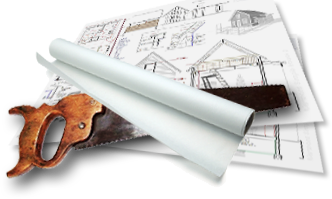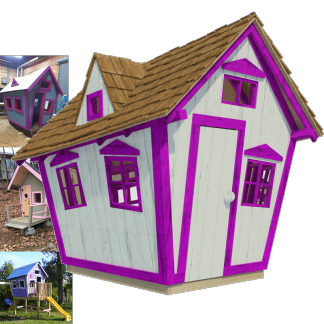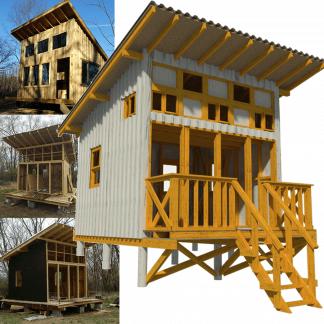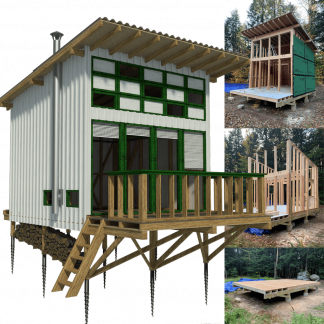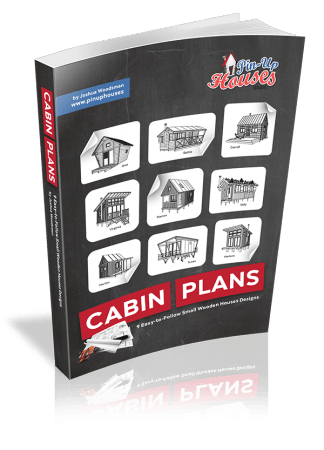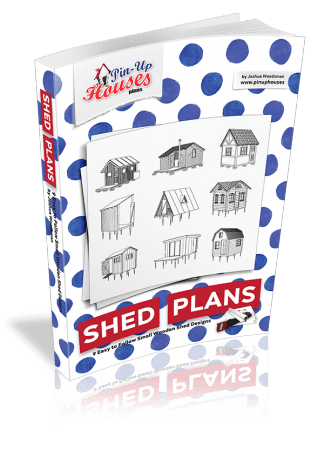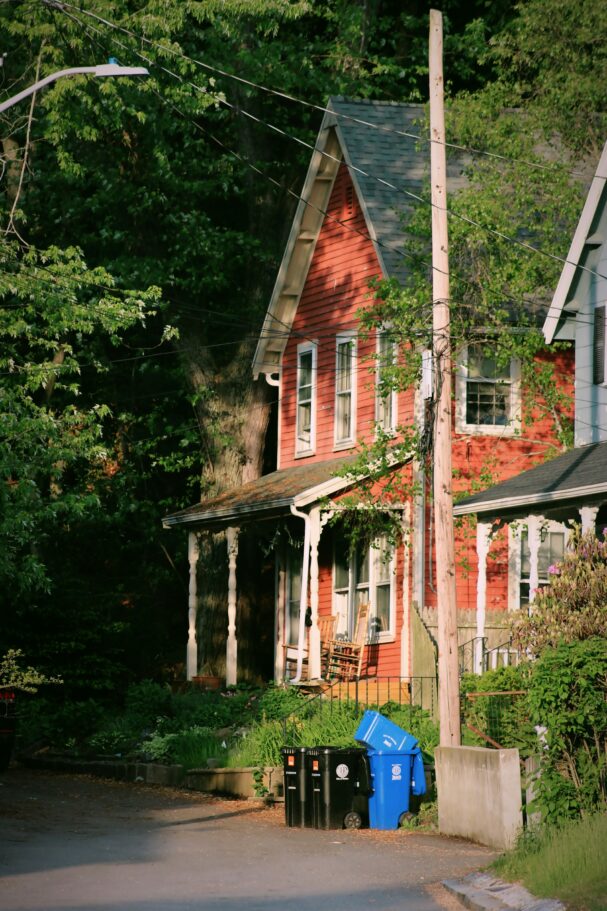
So, you’ve taken the plunge and bought your dream home, congratulations! But hold your horses before you start planning your housewarming party, because there’s more to owning a home than just having a cozy place to crash. Those monthly payments? They’re just the beginning. It’s time to face the financial reality of homeownership, and trust us, we’ve got you covered.
1. The Initial Costs of Buying a Home
Before you can start decorating your new space, you’ve gotta pay the price for it. No, we don’t mean the sticker price, that’s just part of the fun! Let’s break down the upfront costs you’ll need to have ready.
Down Payment
Picture this: you’re staring at the house of your dreams, and you’ve gotta come up with a chunk of cash to make it yours. Your down payment is typically around 20% of the home’s price, but don’t panic if you don’t have that saved up. There are plenty of loan options that require a smaller amount down. Just remember: the more you put down, the better off you’ll be in the long run.
Closing Costs
Now that the down payment’s out of the way, let’s talk closing costs. These are the little (okay, sometimes not-so-little) fees that pop up when you finalize the deal. Think of title insurance, inspection fees, and maybe even an appraisal fee. These can add up to a few thousand dollars, so don’t let them sneak up on you.
Home Inspection & Appraisal Fees
Here’s one more thing to consider before you get those keys in your hand. A home inspection and appraisal are essential. You want to make sure you’re not buying a money pit, right? These costs are usually a few hundred bucks, but it’s money well spent. Trust us, you’ll thank yourself later.
2. Monthly Mortgage Payments
Alright, now we’re into the meat of it. The monthly mortgage payments. This is the big one, the amount that’s going to come out of your account every month, without fail.
Principal & Interest
Your mortgage is split into two main parts: principal (the actual loan amount) and interest (the cost of borrowing the money). At the start, most of your payment goes toward the interest, but over time, you’ll start chipping away at the principal. Slow and steady wins the race.
Private Mortgage Insurance (PMI)
If you didn’t put down 20% for your down payment, you might need PMI – private mortgage insurance. It’s a way for lenders to protect themselves if you default on the loan. It’s not exactly a fun expense, but it’ll eventually go away once your equity in the house hits 20%.
Escrow Payments
Some mortgages come with escrow, which means you’ll pay a portion of your property taxes and homeowners insurance each month. Think of it as putting all the expenses into one easy-to-manage package.
3. Property Taxes and Homeowners Insurance
Here’s where things get a little bit more complicated. Your mortgage isn’t the only expense you’ll need to plan for. Two of the biggest costs you’ll deal with as a homeowner are property taxes and homeowners insurance.
Property Taxes
Depending on where you live, your property taxes can vary wildly. The more valuable your home, the higher your taxes. It’s like a little surprise every year, but unlike a birthday surprise, it’s not something you’ll look forward to. Make sure you know what you’re in for before you commit.
Homeowners Insurance
This one’s a must. Homeowners insurance is there to protect your house and belongings in case something goes wrong, whether it’s a fire, a flood, or something even crazier. And trust us, you’ll want this coverage. If you’re getting a mortgage, your lender will likely require it.
4. Routine Maintenance and Repairs
Ah, the joy of homeownership! Everything breaks. But seriously, keeping your home in tip-top shape takes work, and it doesn’t come for free.
Preventative Maintenance
We’re talking HVAC check-ups, roof inspections, gutter cleanings, the little things that keep your house running smoothly. Trust us, a few hundred bucks spent on maintenance now can save you thousands later.
Emergency Repairs
Oh, the inevitable repairs. A burst pipe, a busted water heater, a broken-down dishwasher. You get the picture. These are the kinds of expenses that always seem to pop up when you least expect it. That’s why it’s smart to have a little emergency fund set aside. Pro tip: 1-3% of your home’s value each year is a good ballpark to budget for upkeep.
5. Utilities and Ongoing Household Expenses
Now, let’s talk about the stuff you’ll use every day. These are the ongoing costs that you’ll need to factor into your budget to keep your house running smoothly.
Electricity, Water, and Gas
These are your essential utilities. The bigger your house, the higher the bills. But hey, it’s part of the deal. Your electric bill will keep the lights on, the gas keeps the stove running, and the water…well, you get the idea.
Internet and Cable
You probably don’t need us to tell you this, but your internet bill is another monthly expense that’ll need to be on your radar. Whether you’re streaming your favorite shows or working from home, this one’s non-negotiable.
Other Household Costs
Don’t forget the small stuff like trash removal, pest control, and home security. Sure, they don’t seem like much, but they can definitely add up over time.
6. Homeowners Association (HOA) Fees (If Applicable)
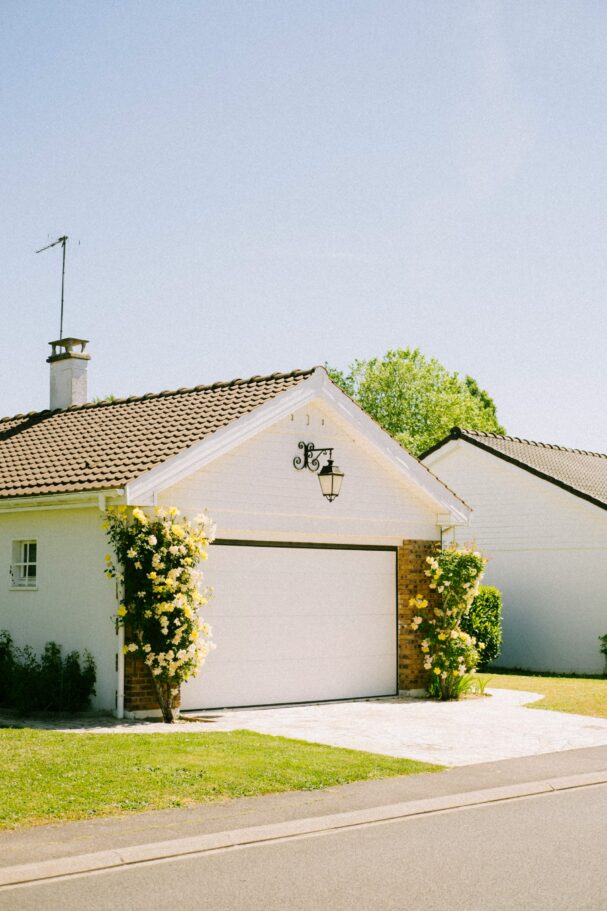
If you live in a neighborhood with an HOA, this is another cost to consider. These fees cover things like landscaping, community events, and common area upkeep. Depending on your community, these fees can range from a few bucks a month to a few hundred. They might be worth it for the perks, but it’s something to factor in.
7. Unexpected Expenses: What to Watch Out For
Here’s where it gets interesting. Homeownership can throw you some curveballs, and these surprise expenses are where your budget can get thrown off course.
Natural Disasters
Living in a disaster-prone area? Floods, earthquakes, and fires can happen, and they can cause some serious damage. Insurance usually helps, but be prepared for things like extra coverage or out-of-pocket expenses.
Upgrades and Renovations
At some point, you’re going to want to upgrade your space. A new kitchen, a bathroom remodel, maybe even just a fresh coat of paint. These projects can get pricey fast, so start saving for them early.
Emergency Fund
You can never be too prepared. An emergency fund for your home expenses is a lifesaver. Whether it’s for repairs or upgrades, having a little extra cash tucked away will make those unexpected expenses much easier to handle.
8. How to Track and Manage Homeownership Expenses
Now that you’ve got a laundry list of expenses to keep track of, how do you stay on top of them? The key is to keep a budget and make sure you’re tracking everything.
Budgeting Tips
Write it all down! Track your mortgage, utilities, maintenance, and any unexpected expenses. You’ll be surprised at how much easier it is to manage your finances when you can see exactly where your money is going.
Tools and Apps
There are tons of apps that can help you manage your finances. From keeping track of monthly expenses to saving for future home improvements, these tools are game changers.
Using Checks for Larger Payments
And let’s not forget one old-school tool in the mix, writing checks. Sometimes, especially for bigger payments like property taxes or contractors, a check is still the way to go. Knowing how to write a check is a handy skill when you’re paying for larger, one-off expenses.
Conclusion
Homeownership is one of the biggest adventures you’ll ever go on, but it comes with its fair share of responsibilities. Sure, you’ll have some expenses to deal with, but with the right planning, you’ll be cruising through like a pro. Keep an eye on your budget, be prepared for the unexpected, and remember: your house is more than just a place to live, it’s an investment. So, are you ready to take on the challenge of homeownership? With the right mindset, you’ve got this!

